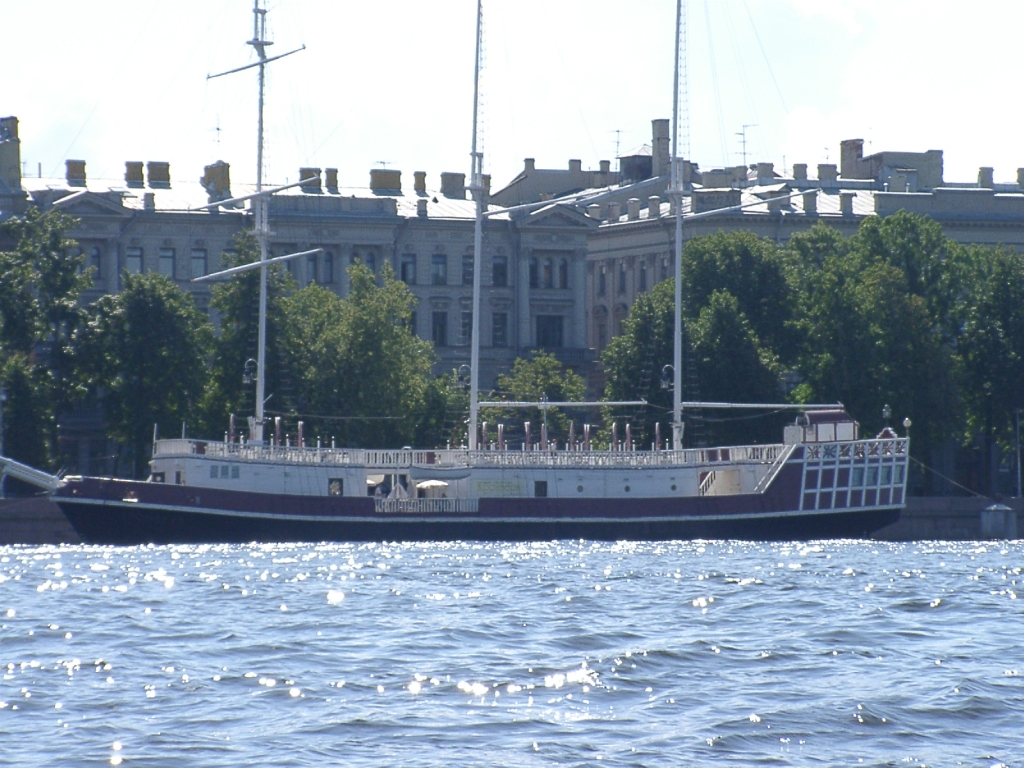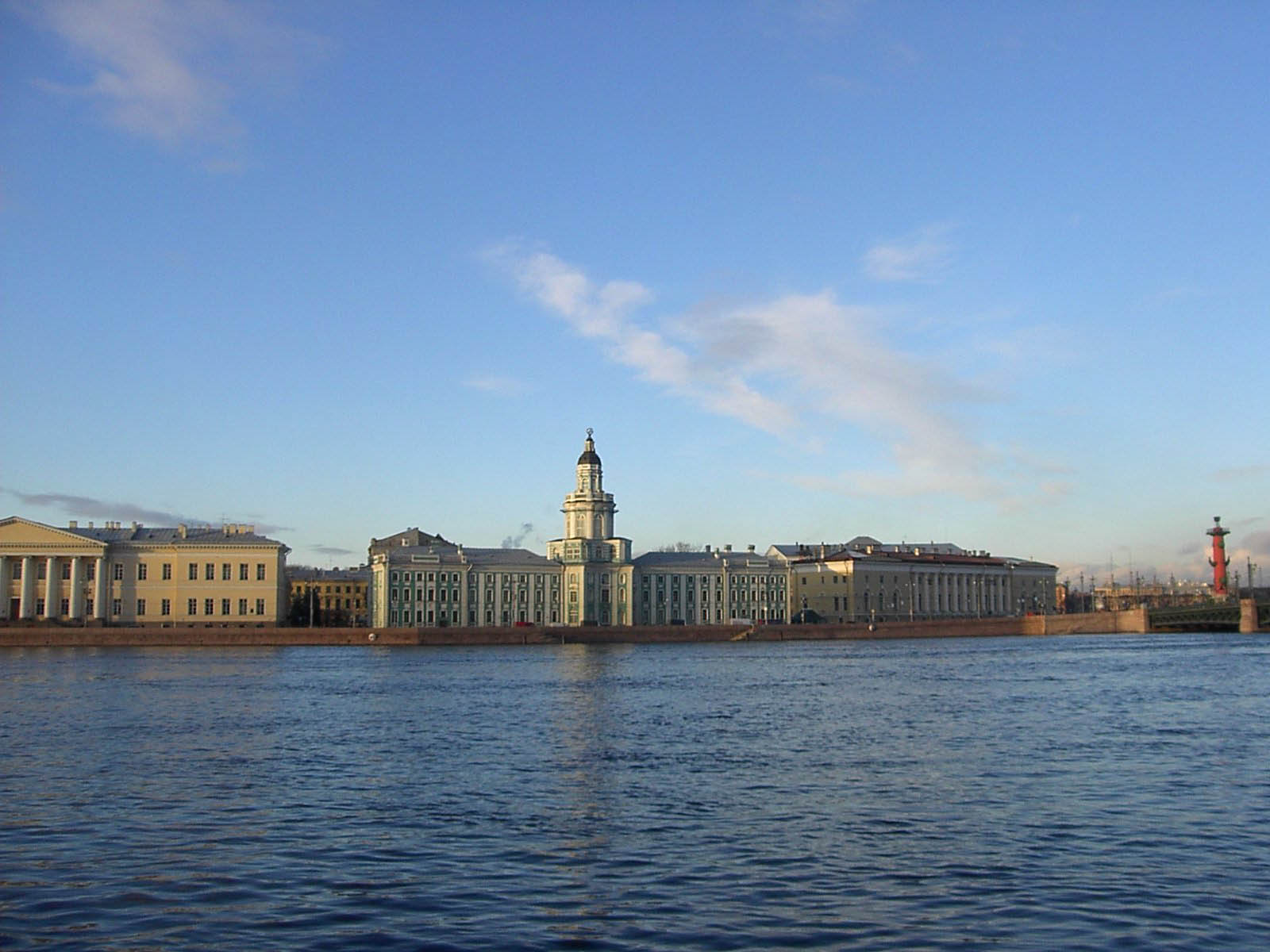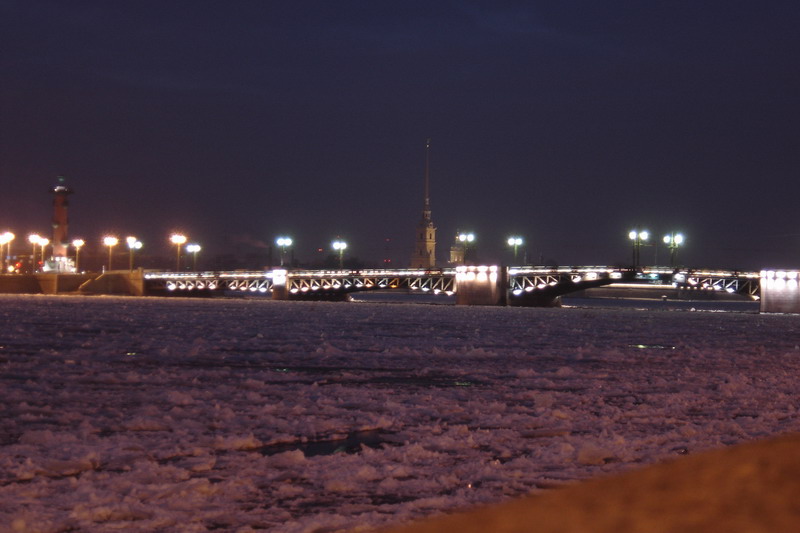|
No one would deny that
Saint-Petersburg’s claim to fame is the infinite full-watered Neva river which
is being the main waterway of the “Northern Venice” constitutes the downtown
and at the same time connects the major city ports with the Gulf of Finland and
Ladoga Lake. There are at least three versions
of the origin of the name Neva: from the ancient Finnish name of Lake Ladoga
(Finnish: nevo meaning sea), from the Finnish: neva (short from Finnish:
Nevajoki) meaning swamp, or from the Swedish: ny – new river.
The Neva
River is an essential part of St. Petersburg's charm.
Many generations of locals and visitors to the city have been completely enraptured
by long, evening walks along the banks of the Neva
during the city’s famous White Nights. Very few things can be more romantic
than strolling along the Neva's granite-clad
embankments and admiring the city’s open bridges, the marvelous architecture
and the large ships as they pass by. Since the foundation of the city, the Neva was intended to be the "main street of the
city". Throughout most of the 18th century there were no bridges across
the river and people were ferried from one bank to the other, just the way
Peter the Great intended when he founded his "Venice of the North". The Neva River
is only 46 miles long and flows from Lake
Ladoga to the Gulf of Finland, in the
eastern part of the Baltic Sea. Before joining
the Baltic, the Neva splits into several branches forming a delta, where
downtown St. Petersburg
is located. On average the river is 1300-2000 feet wide, but near the Peter and
Paul fortress and the Hermitage it exceeds 2600 feet. The river is covered with
ice between mid-December and early April and during this period ships are
unable to navigate the river. But, whatever the season, the Neva River is a
wonderful accompaniment to the architectural splendor of the Winter Palace and
Hermitage, the Admiralty, the Peter and Paul fortress, the Summer Gardens and
the major landmarks that stand on its banks.
|





